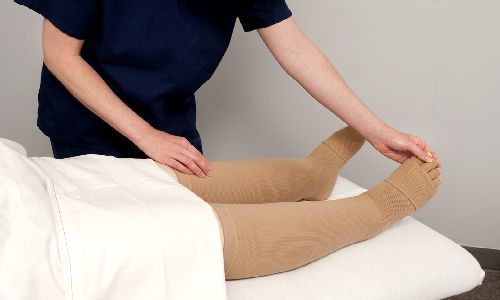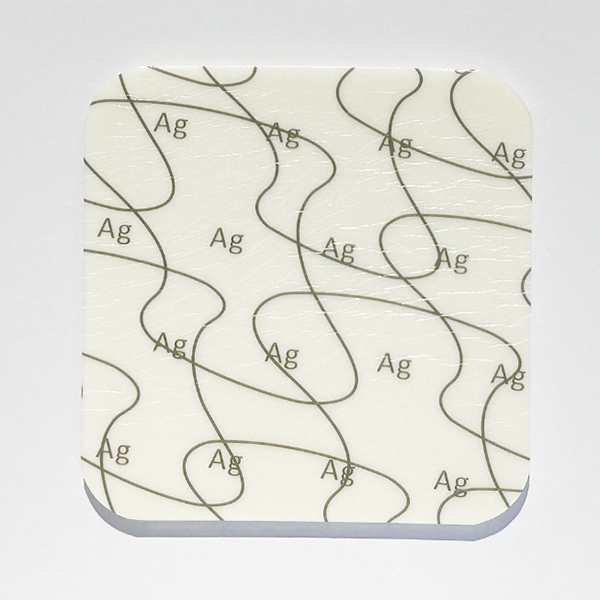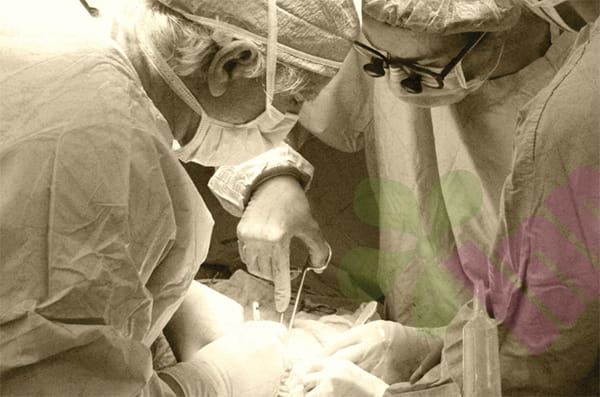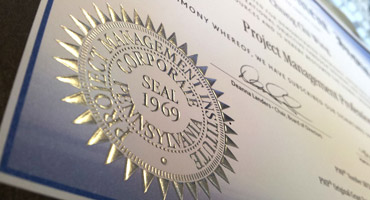Many people think that "leg ulcers" (lower limb ulcers) are a problem exclusive to diabetic patients. In fact, even if blood sugar is normal, leg ulcers may be caused by other reasons. Lower limb ulcers are mainly divided into three categories: venous, arterial, and neurogenic. Their causes, manifestations, and prevention methods are different. This article will focus on these three types of ulcers to help everyone scientifically understand and prevent leg ulcers.

1. Venous ulcer:
Causes: Venous ulcers account for more than 90% of lower limb ulcers, mainly caused by venous insufficiency. Veins are responsible for transporting blood from the lower limbs back to the heart. If the venous valves are damaged or the venous pressure is too high, blood will stagnate in the calves, causing local tissue hypoxia and inflammation, and eventually forming ulcers. Long-term standing, sitting, physical labor, or deep vein thrombosis in the lower limbs will increase the risk of venous ulcers.
Symptoms: Ulcers usually occur above the medial malleolus in the lower 1/3 of the calf, are round or irregular in shape, moist at the bottom, and easily bleed. There may be pigmentation, edema, or nodules around them. Patients often feel that the affected limb is heavy and sore, and may be unable to sleep at night due to pain.
Prevention and treatment :
- Prevention: Avoid sitting or standing for long periods of time, and exercise your lower limbs regularly; control your weight to reduce the burden on your veins; wear elastic stockings to promote blood circulation.
- Treatment: Local debridement to remove necrotic tissue, use of moist healing dressings (such as hydrocolloid dressings) to maintain a moist wound environment; compression therapy ( self-adhesive elastic bandages or compression stockings) to improve blood circulation; surgical repair of venous valves if necessary.
2. Arterial ulcer:
Causes: Arterial ulcers are mainly caused by arteriosclerosis or thrombosis. Arteries are responsible for transporting oxygen-rich blood to the lower limbs. If the arterial lumen is narrowed or blocked, the distal tissue will be necrotic due to ischemia and hypoxia, forming ulcers. Smoking, high blood pressure, hyperlipidemia, etc. can accelerate arterial disease.
Symptoms: Ulcers often occur in the toes, heels, or ankles, with "drilled" edges and grayish-white bottoms. The pain is severe and worsens at night. Patients may have intermittent claudication (leg pain after walking) or rest pain (pain even when resting).
Prevention and treatment :
- Prevention: Quit smoking, control blood pressure, blood lipids, and blood sugar; moderate exercise (such as walking) promotes the formation of collateral circulation; avoid low temperature stimulation to prevent vasospasm.
- Treatment: After local debridement, use moist dressings containing growth factors (such as gel dressings) to promote healing; drug therapy (such as vasodilators) to improve blood flow; severe cases require surgical arterial reconstruction or interventional treatment.
3. Neuropathic ulcers:
Causes: Neuropathic ulcers are mostly caused by neuropathy, such as diabetic peripheral neuropathy, spinal cord injury, etc. Nerve damage can weaken the protective function of the skin, and the patient's perception of pain, temperature, or pressure decreases, making it difficult to detect even if injured, eventually forming ulcers.
Symptoms: Ulcers often occur on the soles, heels, or pressure areas, with a dry, pale surface and possibly calluses (hard calluses) around them. Patients often lose sensation and do not notice the ulcer until it worsens.
Prevention and treatment :
- Prevention: Check your feet regularly and avoid walking barefoot; choose loose and comfortable shoes and socks to reduce friction; use moisturizer to prevent skin from drying out.
- Treatment: After removing necrotic tissue, use moist dressings containing silver ions (such as silver ion alginate dressings) to fight infection; use decompression therapy (such as customized insoles) to disperse pressure; and control the primary disease (such as diabetes).
4. Moist healing dressing: a powerful tool for ulcer treatment
The moist healing theory states that keeping the wound moist can accelerate cell proliferation and migration and promote healing. For different ulcers, the following moist dressings can be selected:
- Hydrocolloid dressing: suitable for superficial ulcers, can absorb a small amount of exudate, and create a moist environment.
- Alginate dressing: suitable for ulcers with moderate exudate, which can quickly absorb exudate and form a gel.
- Silver ion dressing: suitable for ulcers with a high risk of infection and has broad-spectrum antibacterial effects.
5. Daily care: prevent problems before they happen
- Wash your lower body daily, avoiding harsh detergents; dry thoroughly after washing, especially between the toes.
- Be careful not to cut the skin when trimming toenails; avoid applying direct heat to the lower limbs with hot water bottles or electric blankets.
- High-risk groups (such as the elderly and patients with varicose veins) should check their feet regularly and seek medical attention immediately if they find skin damage or color changes.

Leg ulcers are not exclusive to diabetics. Venous, arterial, and neuropathic ulcers may occur due to different mechanisms. Scientific prevention, timely treatment, and rational use of moist healing dressings can effectively reduce the risk of ulcers and improve the quality of life. If you find that your lower limb ulcers do not heal for a long time, be sure to seek medical attention in time to avoid worsening of the condition. For more information on Innomed®Silver Ion Dressing Textile Fiber, Refer to the Previous Articles. If you have customized needs, you are welcome to contact us; You Wholeheartedly. At longterm medical, we transform this data by Innovating and Developing Products that Make Life easier for those who need loving care.
Editor: kiki Jia

 English
English عربى
عربى Español
Español русский
русский 中文简体
中文简体








